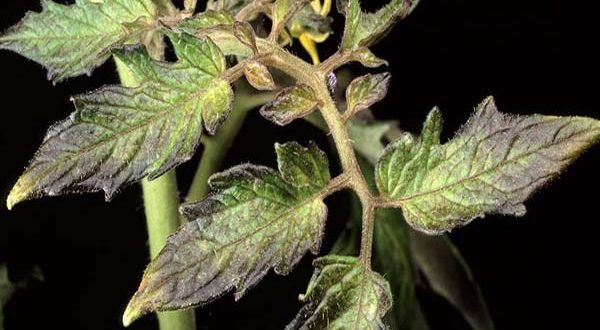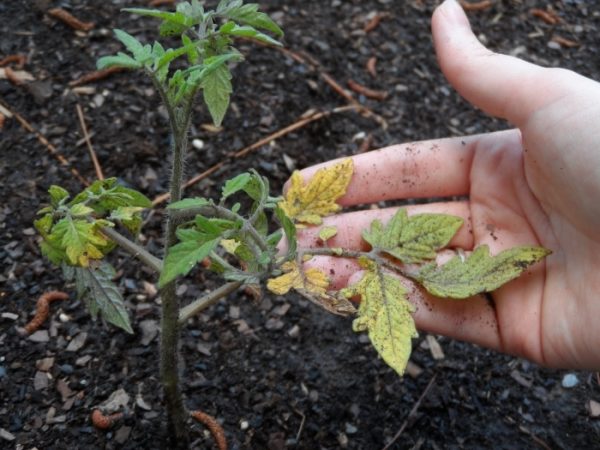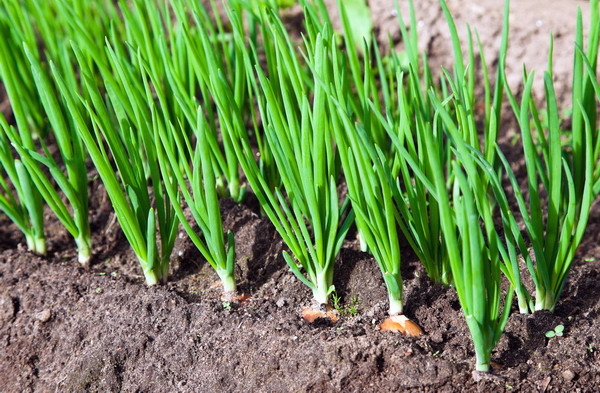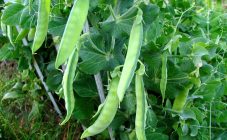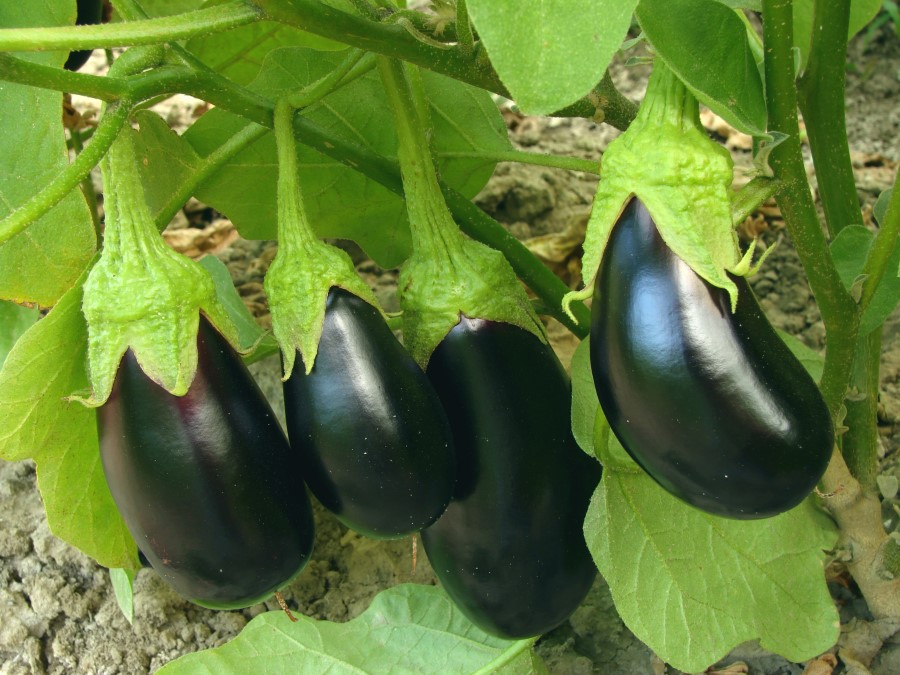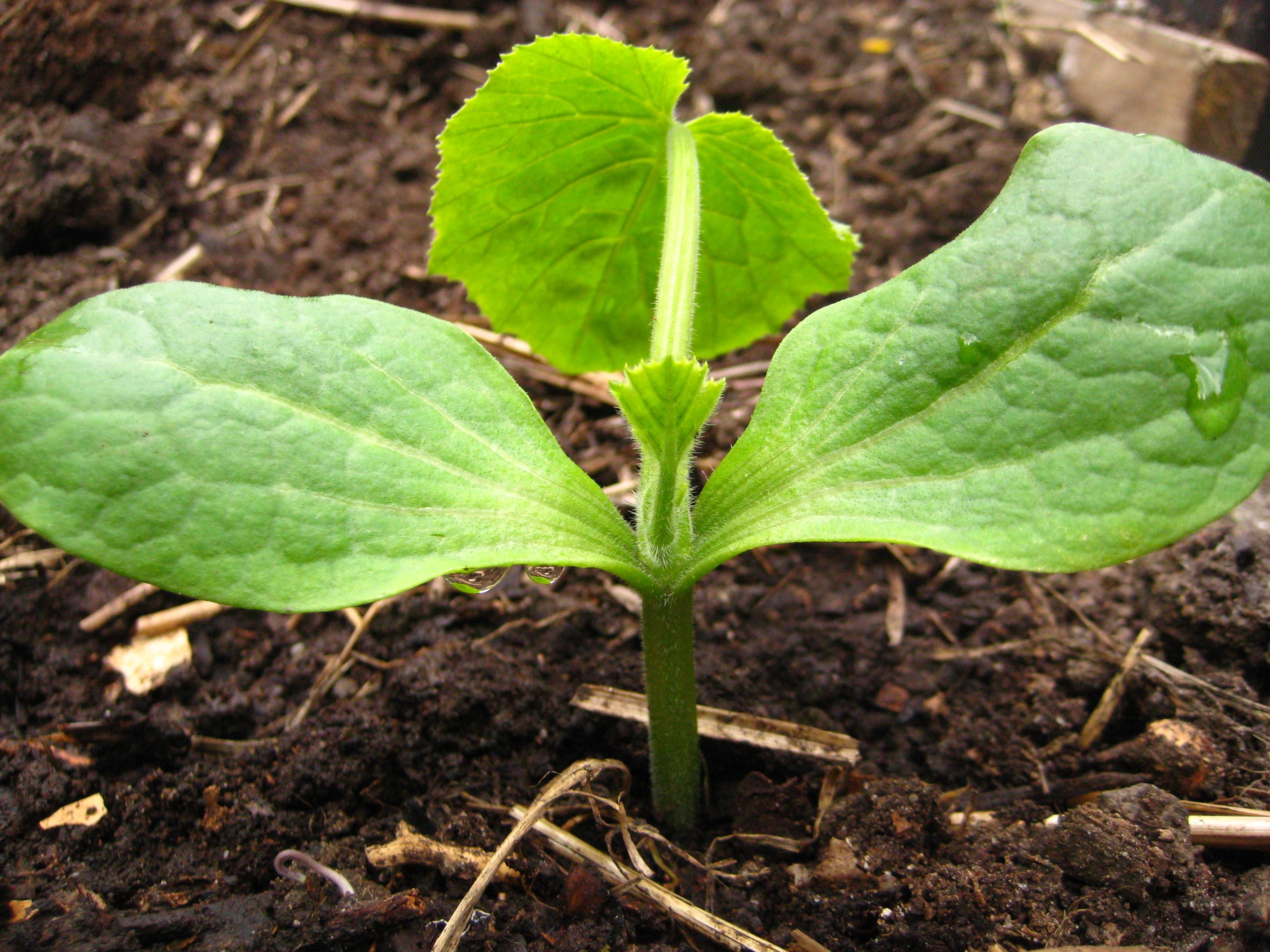Content:
Throughout the season, tomatoes consume a large amount of nutrients from the soil, and at different stages of growth, the culture needs an increased content of various elements in the soil. If there is a lack of certain nutrients in tomatoes, the bushes begin to weaken and become susceptible to disease. A good harvest from such plants cannot be expected.
Determination of the lack of elements by the appearance of tomato leaves
If tomatoes do not have enough nutrition for normal growth and fruiting, they will definitely start signaling this. The old lower leaves of the bushes are always affected first, and then the rest of the plant. How to determine what exactly is missing in tomatoes? It is enough to carefully consider the defects of the sheet plates.
For convenience, descriptions of the symptoms of lack of nutrients in tomatoes are summarized in a reference table.
| Item deficiency | Element missing signs |
|---|---|
| Nitrogen | Old leaves burn off the edges, fade and fall off. New leaves grow yellow with bluish-red veins, and their size is much smaller than usual. |
| Phosphorus | The lower leaf plates of the bushes darken, acquire a bluish tint. Their back turns purple, they curl and begin to grow at an acute angle to the stem. |
| Potassium | Old leaves acquire a dark green hue, then a dry yellow border forms from the edges to the center (the appearance of the leaves resembles a burn). Young leaves curl inward. |
In addition to the three main nutrients, tomatoes also consume trace elements throughout their life cycle, including magnesium and calcium.
Lack of nitrogen is especially dangerous during active growth of bushes. Phosphate starvation negatively affects the development and fruiting, since this element is necessary for all metabolic processes of plants. The lack of potassium in tomatoes will not allow you to get good tasty fruits with varietal characteristics, since this element is consumed by the crop in increased quantities during the fruiting period.
Signs of micronutrient deficiencies in tomatoes
In this case, you can also determine what the tomatoes lack by the color of the leaves.
Lack of magnesium in tomatoes. The leaf plates turn yellow between the veins, then the affected area turns brown or gray. The leaves dry out, curl upward, and eventually fall off.
Lack of calcium in tomatoes. Old leaves of bushes darken, increase in size, and young ones, on the contrary, acquire pale yellow spots, their tips and edges fade.
How and what to fertilize
After it has been determined, according to the relevant signs, what exactly is lacking in tomatoes, you can start treating them. In case of an acute deficiency of a particular nutrient, suitable fertilizers are applied in liquid form in two ways: root and foliar.
- Root watering. This method of dressing for tomatoes is used most often. The working fluid is applied by watering under the root of the bush in the vicinity of the sucking roots (for this, about 10 cm recede from the stem). Top dressing is carried out carefully, trying not to get the solution on the aerial part of the plant.
- Spraying. All components of the fertilizer with this method of feeding are quickly absorbed by the tissues of tomatoes, so the results of processing can be seen in a short time. But foliar feeding of tomatoes (especially those growing in protected ground) should not be too frequent, since the culture does not tolerate excessive moisture in the aboveground part.
Below are the options for feeding tomatoes in case of insufficient nutritional elements with recommended dosages.
With nitrogen starvation
Tomatoes need an increased amount of nitrogen only during the stage of active growth. If the tomato bushes show signs of a lack of this macronutrient, they are fed with the following fertilizers:
- ammonium nitrate... Root feeding is carried out by diluting 15-20 g of fertilizer in 10 liters of water (before flowering);
- sulfate ammonium... To prepare the solution, 20-25 g of the substance are added to a bucket of water and the bushes are poured under the root;
- urea (urea). For root irrigation, 1 matchbox of urea is dissolved in a bucket of water, and for spraying, 50 g of fertilizer are diluted in the same amount of liquid.
Organic fertilizing also contains nitrogen, therefore, to eliminate its deficiency, infusions of manure, humus, compost, weeds or peat extract are used.
With a phosphorus deficiency
Tomatoes consume this element during the entire life cycle. Of the mineral fertilizers with a high proportion of phosphorus, the most effective and popular are:
- superphosphate... An extract is prepared by pouring 1 glass of fertilizer with 1 liter of boiling water, infused for 10-12 hours, and the resulting concentrate is diluted in 10 liters of water and watering is carried out at the root;
- monophosphate potassium... For spraying, a solution is prepared by adding 2 g of the substance to a bucket of water. For root watering - 15 g per 10 liters of water;
- ammophos... Need 0.5 kg of ammophos pour 5 liters of boiling water, wait for the precipitation. The liquid part is used for root feeding, and the remaining sediment can be re-poured with 2.5 liters of boiling water and the steps are repeated.
From organic matter, phosphorus is present in bone meal, compost and humus.
With a lack of potassium
The highest consumption of potassium by tomatoes occurs during the periods of flowering and fruiting. With a deficiency of this macronutrient, top dressing is carried out with the following mineral fertilizers:
- potassium saltpeter... This fertilizer can be used until the ovaries appear in tomatoes. To prepare a working solution, add 25 g of nitrate per 15 liters of water;
- potassium sulfate... For watering at the root, you need to dilute 1 tbsp. fertilizer per 10 l of water, and for spraying - 2 g / l of water.
Some organic fertilizers such as ash and cement dust are high in potassium. Potassium humate is considered a highly effective organo-mineral supplement.
With diseases and lack of trace elements in seedlings and adult tomato bushes
With a magnesium deficiency, tomatoes can be fed:
- mineral fertilizers:
- kalimag... Contains 10% magnesium, suitable for both spraying and root watering. The working solution is prepared by adding 20 g of potassium magnesium to a bucket of water;
- sulfate magnesium... The fertilizer contains 17% of a trace element. For root feeding, a solution is prepared at the rate of 30 g / bucket of water, and for foliar feeding, its concentration is reduced by half;
- nitrate magnesium... You can dilute 10 g of fertilizer in a bucket of water and spray the tomatoes over the foliage, or double the concentration of the solution and spill the bushes;
- organic- ash, bird droppings, dolomite flour.
In case of acute calcium deficiency, tomatoes are sprayed with a solution of calcium nitrate (20 g per bucket of water) or ash, eggshells are used.
So, the lack of nutrients in tomatoes is immediately noticeable by the change in the color of the leaves. Often, gardeners begin to add the missing component in quantities exceeding the specified norms.In most cases, an excess of nutrients does not lead to a deterioration in the state of the culture (with the exception of nitrogen). For example, tomatoes consume the necessary amount of phosphorus and magnesium from the soil for nutrition, and their surplus remains in the ground. Despite this, when treating tomato bushes with fertilizers, it is important to observe the recommended dosages.
